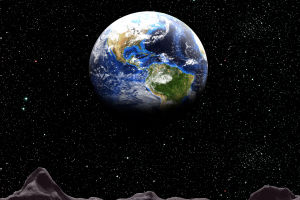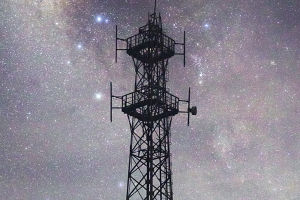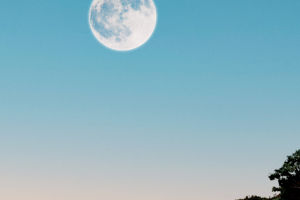Jupiter: Largest Planet
Jupiter is the fifth closest planet to the Sun and the largest planet in our solar system. This massive gas giant, known for its stunning beauty and immense size, has intrigued scientists and space enthusiasts for centuries.
But there’s much more to Jupiter than just its size. It’s a planet of mysteries, storms, and powerful gravitational forces that shape the solar system in profound ways.Let’s take a closer look at the fascinating features of Jupiter and why it stands out in the cosmos.
Jupiter’s Size and Composition: The King of Planets
Jupiter is truly gigantic—so large that it could fit over 1,300 Earths inside it! In fact, it has more than twice the mass of all the other planets in the solar system combined. Its diameter is about 88,846 miles (142,984 kilometers), making it by far the largest planet in our solar neighborhood.
Jupiter is primarily composed of hydrogen and helium, much like a star. Its gaseous composition means it doesn’t have a solid surface like Earth. If you were to try to land on Jupiter, you’d simply sink deeper into its thick atmosphere of swirling gases, which transitions into a hot, dense interior. Beneath the cloud layers, it's believed that Jupiter may have a rocky core, but the exact nature of its interior remains a mystery.
The Great Red Spot: A Massive Storm System
One of Jupiter’s most iconic features is the Great Red Spot, a gigantic storm that has been raging for at least 350 years. This massive storm is so large that it could fit Earth inside it more than twice over! The storm’s swirling winds reach speeds of about 400 miles per hour (644 kilometers per hour), making it one of the most extreme weather systems in the solar system.
The reddish hue of the Great Red Spot is still somewhat of a mystery, though scientists believe it may be due to the chemical reactions happening in Jupiter's upper atmosphere, influenced by ultraviolet light from the Sun.
Jupiter’s Rings: A Hidden Gem
While Saturn is famous for its bright, extensive ring system, Jupiter also has rings, although they are faint and difficult to see. Jupiter’s rings are made primarily of dust particles, unlike Saturn’s icy rings. These rings were likely formed from the debris of comets, asteroids, or moons that were shattered by Jupiter’s powerful gravity.
Jupiter’s ring system consists of three main components: the halo ring, the main ring, and the gossamer ring. Though subtle, these rings add to Jupiter’s intrigue as a planet of hidden wonders.
Jupiter’s Moons: A Mini Solar System
Jupiter has a staggering 79 known moons, making it almost like a mini solar system in its own right. The four largest moons—Io, Europa, Ganymede, and Callisto—are known as the Galilean moons, named after Galileo Galilei, who discovered them in 1610. These moons are some of the most fascinating objects in the solar system.
Jupiter: The Godfather Planet | The Planets | Earth Science
Video By BBC Earth Science
Europa, in particular, has drawn attention due to the possibility of a subsurface ocean beneath its icy crust. Scientists believe this ocean could potentially harbor life, making it a target for future space missions. Io, on the other hand, is the most volcanically active body in the solar system, with hundreds of active volcanoes spewing sulfur and molten rock.
Jupiter’s Influence: The Solar System’s Guardian
Jupiter’s massive size and strong gravitational pull play a crucial role in shaping the dynamics of the solar system. Its gravity helps to deflect comets and asteroids that might otherwise collide with the inner planets, including Earth. For this reason, Jupiter is sometimes referred to as the solar system’s "guardian."
By attracting and redirecting space debris, Jupiter acts as a shield, protecting Earth from potentially catastrophic impacts. Its influence on the asteroid belt also keeps those objects in check, preventing them from forming into a planet.
So Lykkers, Jupiter, with its colossal size, powerful storms, and intriguing moons, is a planet of wonders and mysteries. Its role as the solar system’s giant guardian, along with its dynamic atmosphere and hidden features like rings and a possible rocky core, makes it one of the most captivating objects in space. As scientists continue to study Jupiter through space missions like NASA’s Juno, we’re likely to uncover even more astonishing secrets about this magnificent gas giant.


